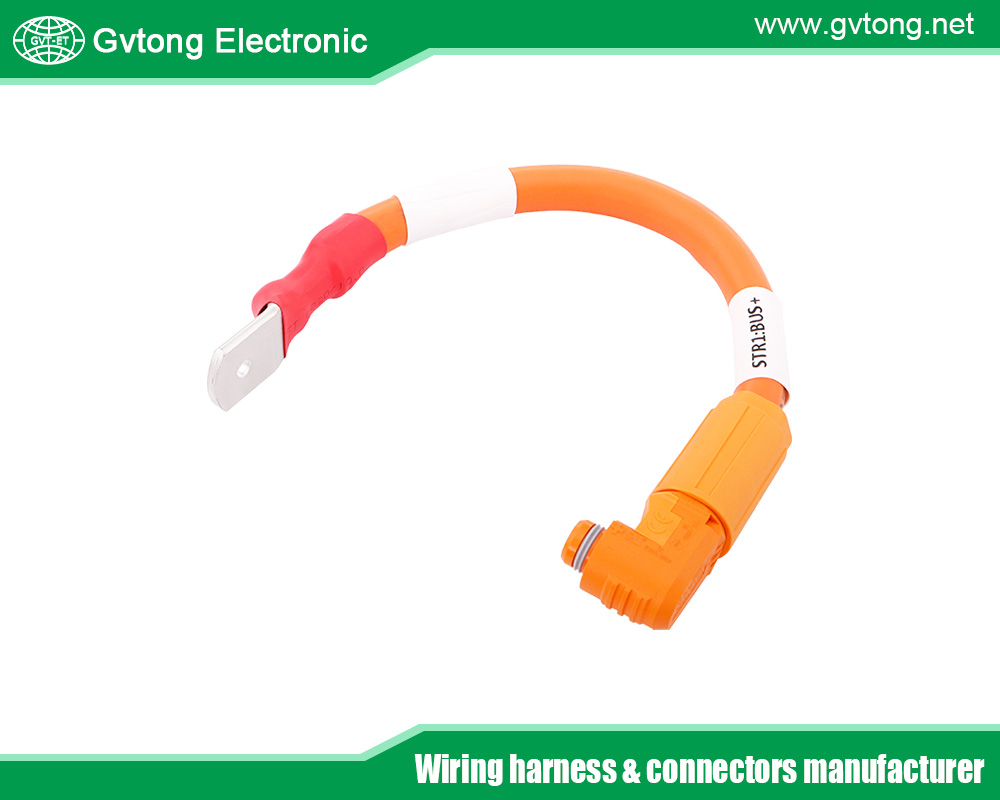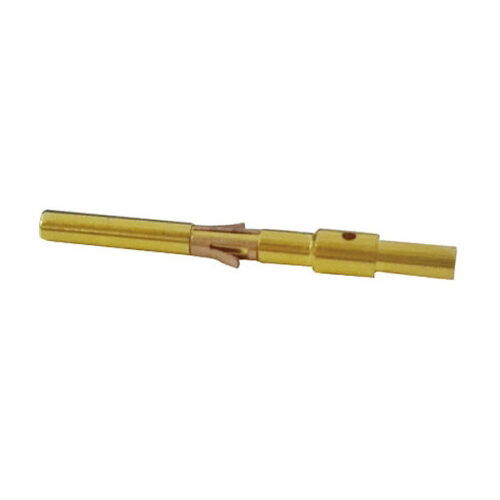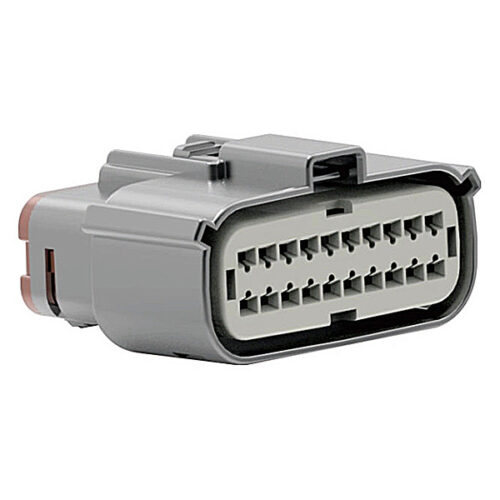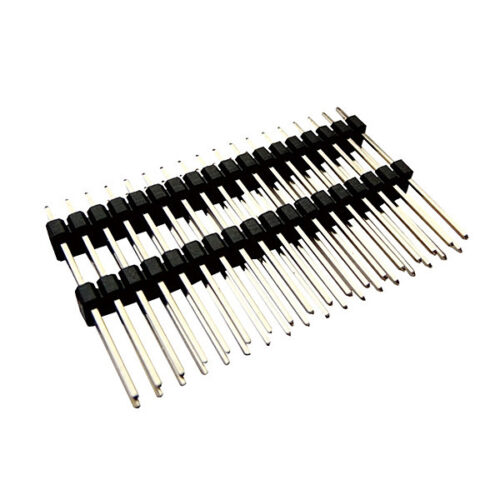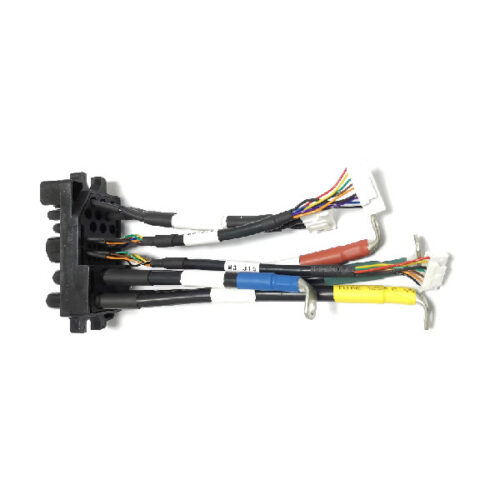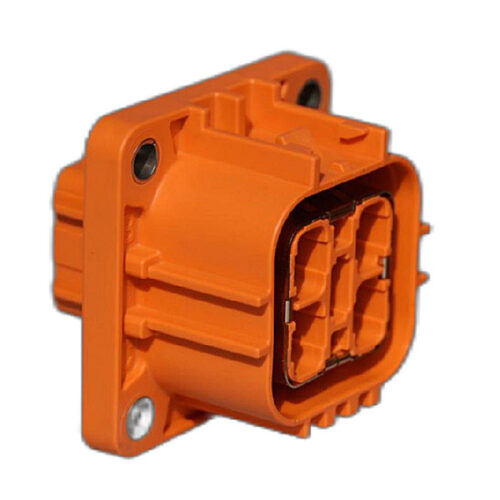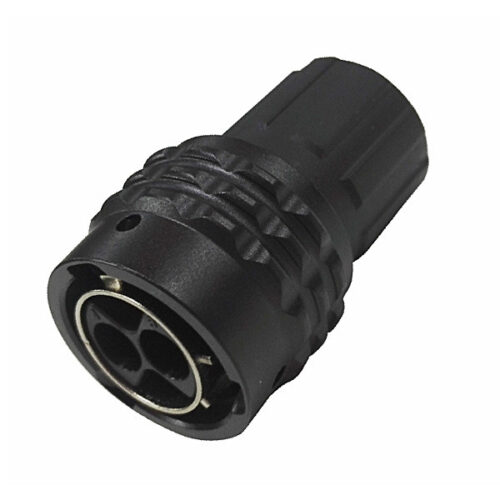Blogs & News
We are focus on automotive wiring harness & connectors technology.
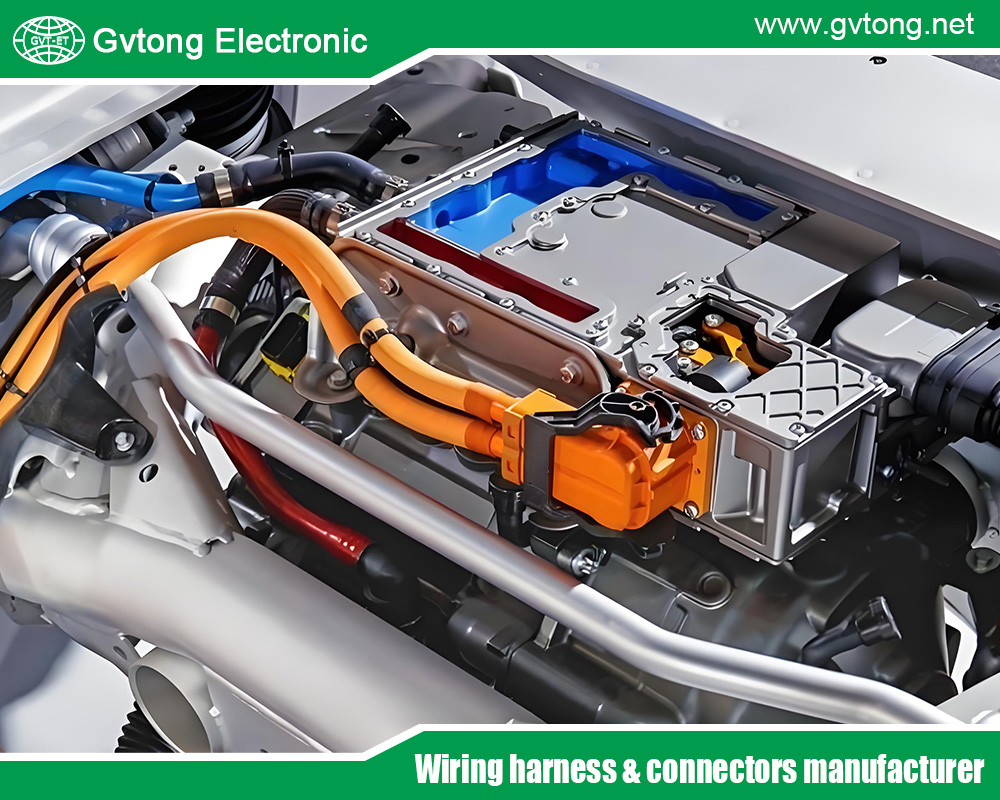
Exploring Nine Key Automobile Parts Using Electrical Connectors: Usage Requirements and Reasons
- Gvtong Electronic
- 4-wire electrical connectors, automotive antenna connector, automotive coaxial connector, automotive data connector, automotive electrical connector, Automotive electrical connectors, automotive electrical connectors factory, automotive electrical connectors kit, Automotive Electrical Connectors Manufacturer In Thailand, automotive electrical connectors supplier, Automotive Electrical Connectors Thailand, Automotive electrical connectors types, automotive electrical connectors waterproof, automotive High voltage connector, automotive Low voltage connector, automotive Oil-resistant Connectors, automotive Signal Connector, automotive waterproof connectors, automotive waterproof electrical connectors, China Automotive Electrical Connectors Manufacturers, electrical connectors, electrical connectors and circuits, electrical connectors and circuits factory, electrical connectors and circuits manufacturer, electrical connectors and circuits supplier, electrical connectors factory, Electrical Connectors Manufacturer Companies in India, electrical connectors supplier, heavy duty waterproof electrical connectors
- No Comments
Exploring Nine Key Automobile Parts Using Electrical Connectors: Usage Requirements and Reasons
In the complex and sophisticated mechanical system of a vehicle, electrical connectors play a pivotal role as critical “links” ensuring the normal operation of various automotive systems. A single vehicle contains hundreds or even thousands of electrical connectors, distributed across various components, tasked with connecting circuits and transmitting electrical current and signals. Below, we delve into nine important automobile parts that rely on electrical connectors, along with their usage requirements and underlying reasons.
Engine System
The engine is the “heart” of a vehicle, and electrical connectors are vital for its stable operation. Within the engine system, connectors link key components such as sensors, the electronic control unit (ECU), fuel system, and ignition system. Sensors like the mass air flow sensor, throttle position sensor, and crankshaft position sensor connect to the ECU via electrical connectors, transmitting real-time engine condition data precisely. The ECU uses this data to regulate fuel injection volume, ignition timing, and other parameters, ensuring the engine operates at its optimal state.The engine’s high-temperature, high-pressure environment, coupled with intense vibrations, demands that electrical connectors possess excellent heat resistance, pressure resistance, and anti-vibration capabilities. This ensures stable and reliable signal and power transmission under harsh conditions.
Chassis System
The chassis system encompasses critical components like braking, suspension, steering, and tires, which determine a vehicle’s handling and safety. In the chassis, electrical connectors are used to link brake sensors, steering sensors, suspension sensors, and tire sensors. For example, in an anti-lock braking system (ABS), wheel speed sensors connect to the ABS control module via electrical connectors, transmitting real-time wheel speed data. When wheel lock is detected, the control module rapidly adjusts brake pressure to prevent lockup, enhancing braking safety.During driving on complex road conditions, the chassis is frequently subjected to颠簸, vibration, and mud/water erosion. Thus, electrical connectors in the chassis system must feature high wear resistance, water resistance, and sealing performance to ensure normal operation in harsh environments and maintain chassis stability.
Body System
The body system includes functions such as door locks, windows, seat adjustment, lighting, and windshield wipers. Electrical connectors in this system link various body control modules, sensors, and actuators. For instance, the door control module connects to door lock motors, window lift motors, and sensors via electrical connectors to enable door locking/unlocking and window control. Interior lighting systems, such as dome lights and reading lights, rely on electrical connectors to link power sources and control switches for light activation.While the environment inside the vehicle is milder compared to the engine compartment or chassis, body system connectors still require dust resistance, water resistance, and corrosion resistance to handle daily usage scenarios and ensure all body functions operate smoothly.
Automotive Seat System
Modern automotive seats offer diverse functions, including basic adjustments (forward/backward, height) and advanced features like heating, ventilation, massage, and memory settings. Electrical connectors in the seat system link seat motors, heating elements, ventilation fans, massage devices, and seat position sensors. For example, seat heating functions rely on connectors to link power sources with heating elements, regulating temperature by controlling current. Seat position sensors transmit location data to the control module via connectors, enabling memory and automatic adjustment functions.Due to frequent seat adjustments during use, connectors must have excellent flexibility and fatigue resistance to ensure stable connections over long-term use, avoiding failures from repeated bending or vibration.
Automotive Air Conditioning System
The air conditioning system maintains a comfortable interior temperature and consists of components like the compressor, evaporator, condenser, expansion valve, and control module. Electrical connectors in this system link components for power transmission and signal control. For example, the compressor’s electromagnetic clutch connects to the AC control module via connectors, which adjusts clutch engagement based on interior temperature sensors and set values to control compressor operation for cooling or heating. The blower motor also connects to the control module via connectors to adjust fan speed.Parts of the air conditioning system operate in high-temperature and high-humidity environments, requiring connectors to have strong heat resistance, moisture resistance, and electrical insulation properties to ensure stable and reliable system performance.
Automotive Entertainment System
As driving experience demands grow, entertainment systems—including radios, CD players, audio systems, video displays, car navigation, and Bluetooth connectivity—have become essential. Electrical connectors in this system link audio and video devices for signal transmission and power supply. For example, audio plugs connect speakers and audio sources to ensure clear sound transmission, while video displays use connectors to link signal sources and power for showing navigation maps or rear-view images.Entertainment system connectors must have strong anti-interference and low-noise properties to prevent external electromagnetic interference from degrading audio/video quality, delivering high-quality entertainment experiences for passengers.
Airbag System
The airbag system is a critical safety feature, designed to protect occupants during collisions. Electrical connectors in this system link collision sensors, airbag control modules, and airbag components. When a collision occurs, sensors rapidly transmit impact signals to the control module via connectors. The module then determines collision severity and, if triggered, sends ignition commands to airbag components via connectors to inflate the airbags and cushion occupants.Given the life-saving importance of airbags, connectors in this system must exhibit extremely high stability and reliability, ensuring accurate and timely signal transmission under all conditions to guarantee airbag deployment when needed.
Charging System (EVs and Hybrids)
For electric vehicles (EVs) and hybrid vehicles, the charging system is fundamental. Electrical connectors here link charging piles to vehicle charging ports, as well as internal charging circuits and the battery management system (BMS). During charging, connectors transmit power from the pile to the battery pack, while the BMS monitors charging status, voltage, current, and temperature via connectors to ensure safe and efficient charging.Charging system connectors must have excellent conductivity and current-carrying capacity to handle high charging currents. They also require reliable connectivity and protective features (waterproofing, dustproofing, anti-electric shock) to ensure charging safety and stability.
Automotive Electronic Control System
The automotive electronic control system is a complex network of electronic control units (ECUs), including the engine control unit (ECU), transmission control unit (TCU), body control module (BCM), and chassis control module. These ECUs communicate via electrical connectors and communication buses (e.g., CAN bus, LIN bus) to coordinate system operations. For example, the engine and transmission control units share real-time data (engine speed, vehicle speed, throttle position) via connectors and CAN buses to optimize engine-transmission matching, enhancing power performance and fuel efficiency under different conditions.Connectors in the electronic control system must support high-speed, reliable data transmission with strong electrical performance and anti-interference capabilities to ensure stable operation of the entire system.

Conclusion
Electrical connectors are indispensable in every critical part of a vehicle, with their performance and reliability directly impacting overall vehicle performance, safety, and comfort. As automotive technology advances, the demands on connectors continue to rise. In the future, connectors will evolve toward miniaturization, high density, high reliability, and intelligence to meet the growing needs of the automotive industry.
For more about exploring nine key automobile parts using electrical connectors: usage requirements and reasons, you can pay a visit to Gvtong at https://www.gvtong.net/ for more info.

